Born in France in 1977, Céline Clanet graduated from the École nationale supérieure de la photographie in Arles. She is interested in remote or hidden places, wild landscapes and their inhabitants. Since 2005 the people and the territory of the European Arctic — better known as Lapland — have been her main focus.
How did you become interested in photography?
I’ve been practising photography since I was a kid. When I was little, I used all the cameras available to a child of the 1980s: toy cameras, spy cameras, disposable cameras. Photography gave me a way to treasure forever the most important things in my world (primarily my dog). When I was a teenager, the game continued in the darkroom, where I experimented with chemicals and enlargers. I realized that the photographic tool wasn’t only for recording, but also for interpreting and creating.
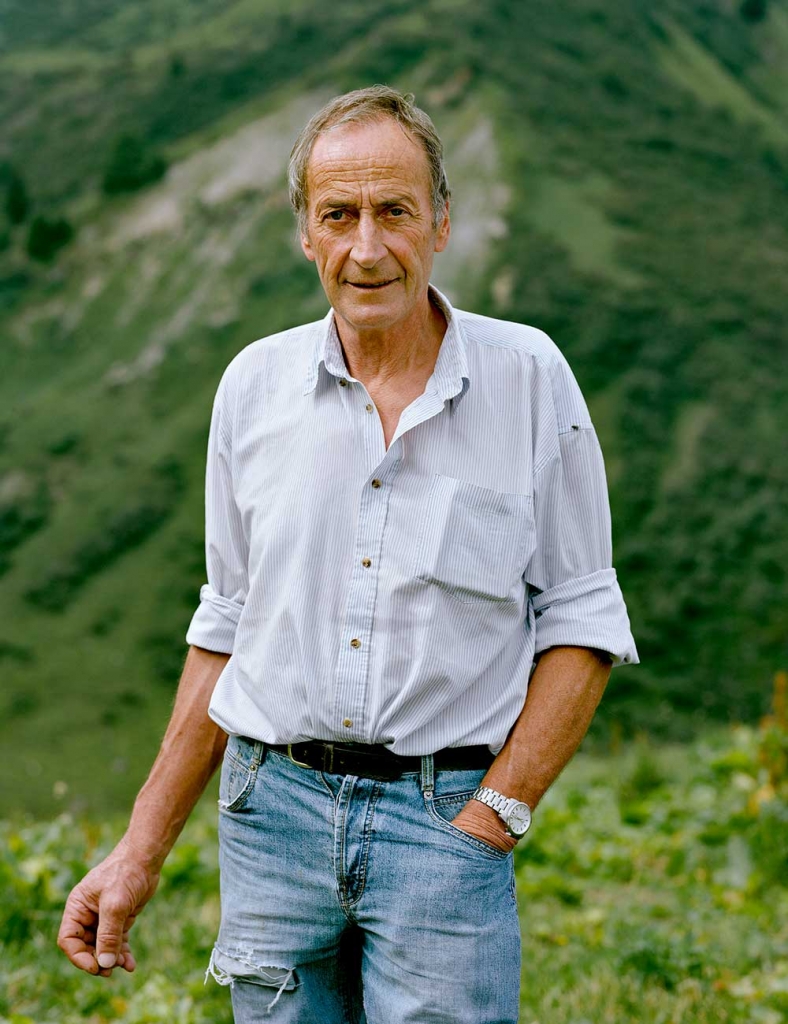
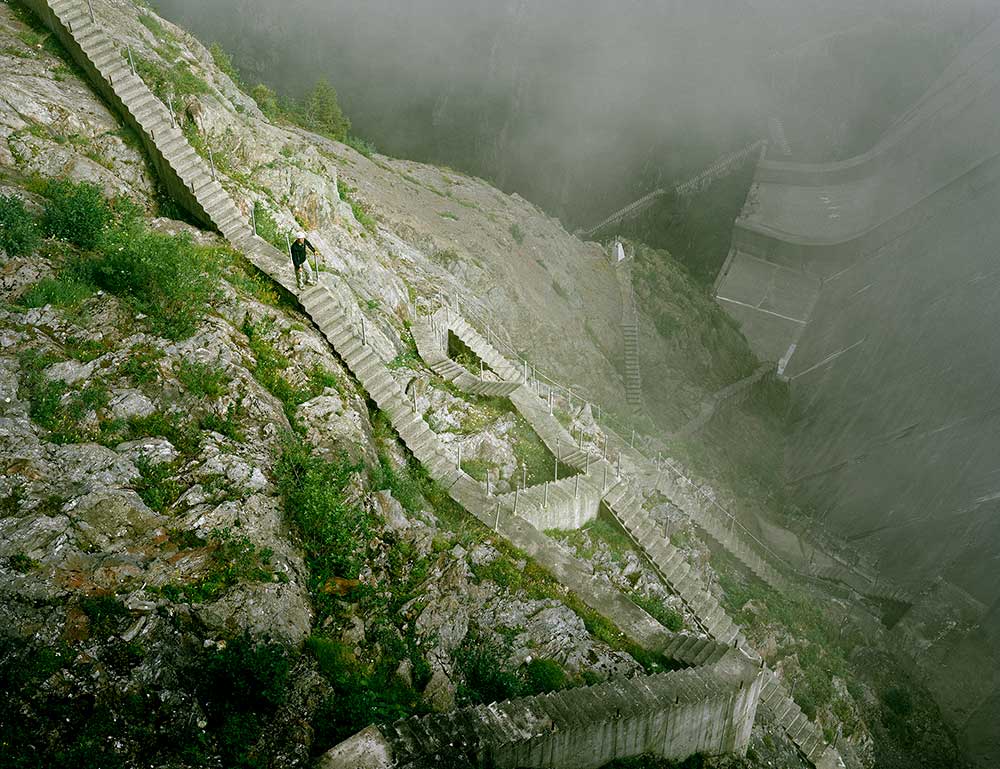
Now photography is my career. It allows me to record and to create, but above all, it’s an amazing way for me to explore the world.
What are you trying to capture in the subjects — or landscapes — you photograph?
It’s hard to give just one answer to this question, because each project is different and I don’t approach them all in the same way. But for each series, I try to focus on the elements that I find fair, important, and with little visibility.
For example, for Máze, my first project in Lapland, I started to take photos without knowing exactly how the series would be articulated or how I was going to “tell” what I saw of the world of the Sámi. As weeks and years went by, I came to see that the Sámi’s relationship with the time and the land was unique. So I photographed them to a large degree while they were looking through their binoculars, contemplating the landscape, waiting in their gompi (reindeer-herding caravans).

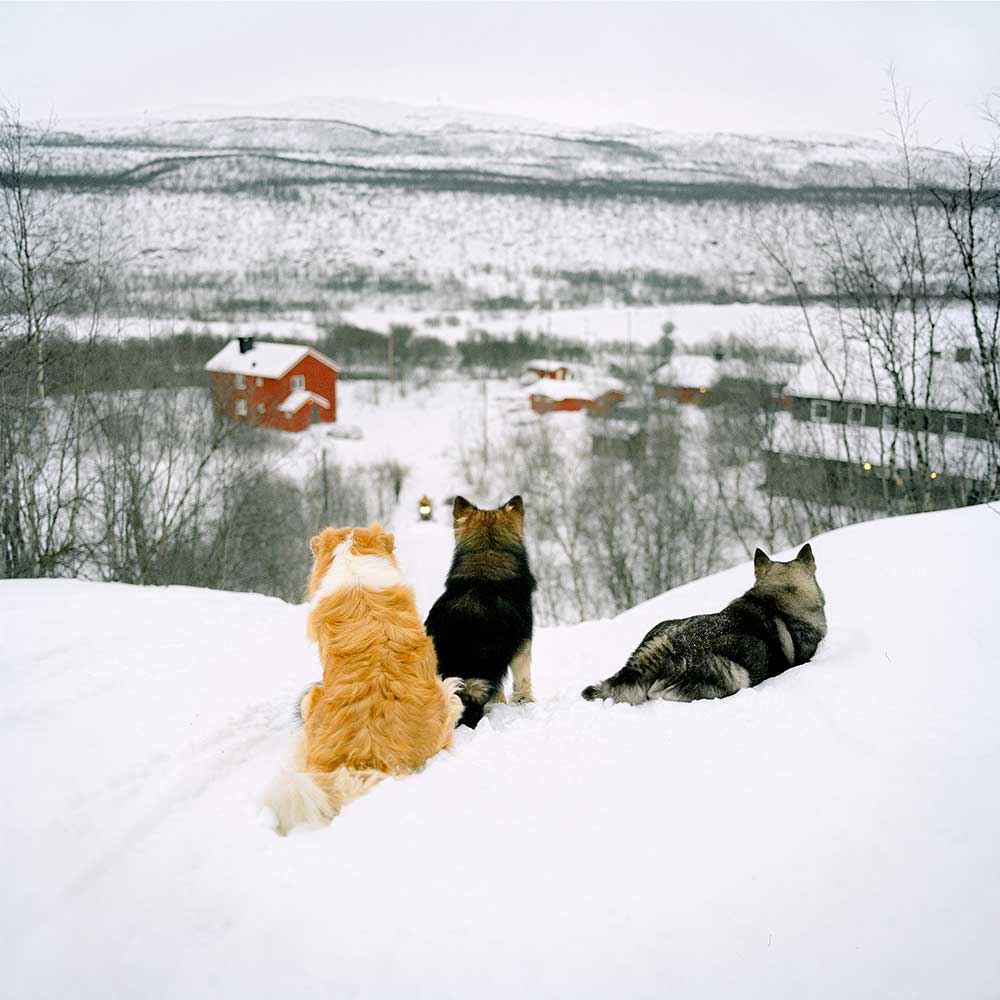
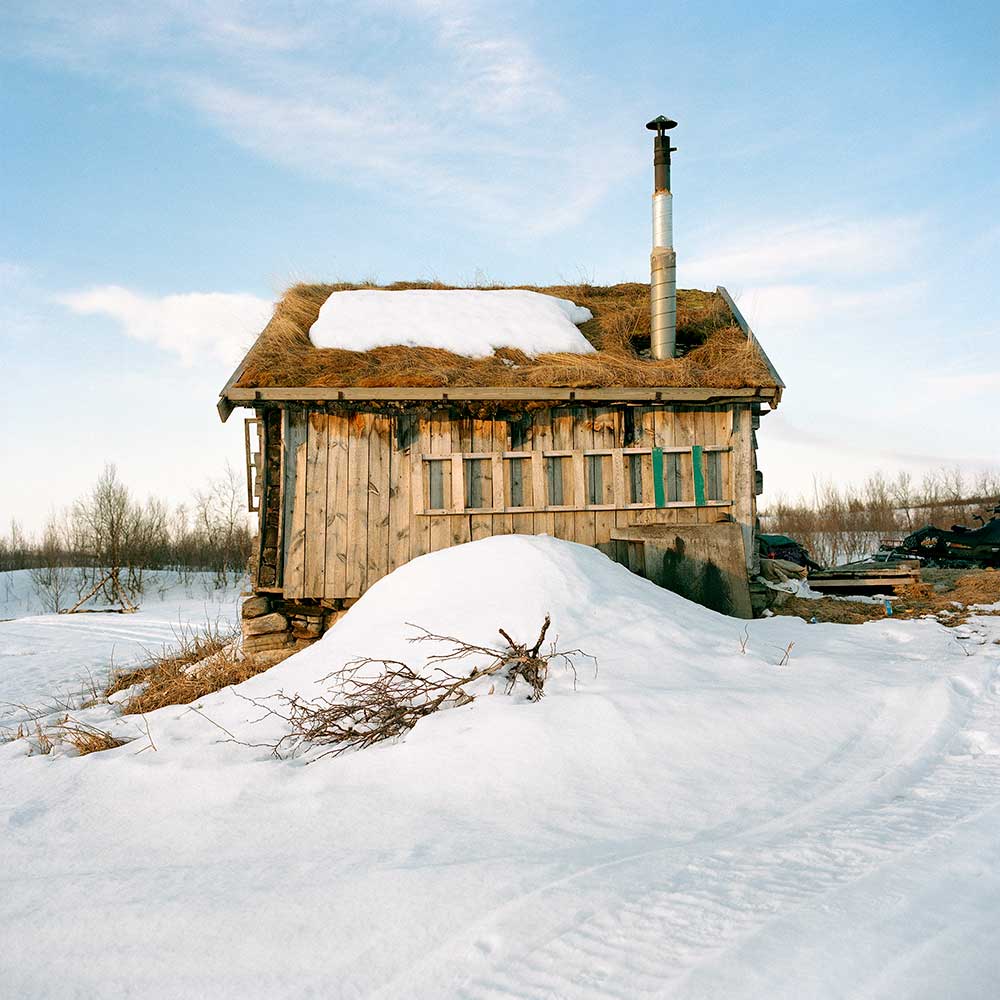

What role does mystery — the unexpected — play in your work as a photographer?
They’re the main material! I regularly take photos in remote locations, far from home and from who I am. So the unexpected is really important. I have to know how to embrace it, or it would be impossible to succeed in this kind of work.
I’ll set off with bags of knowledge, preconceptions, and desires, and the journey itself will deconstruct these things, reveal something else, disillusion me. And that’s perfect — because the true journey is disillusionment.
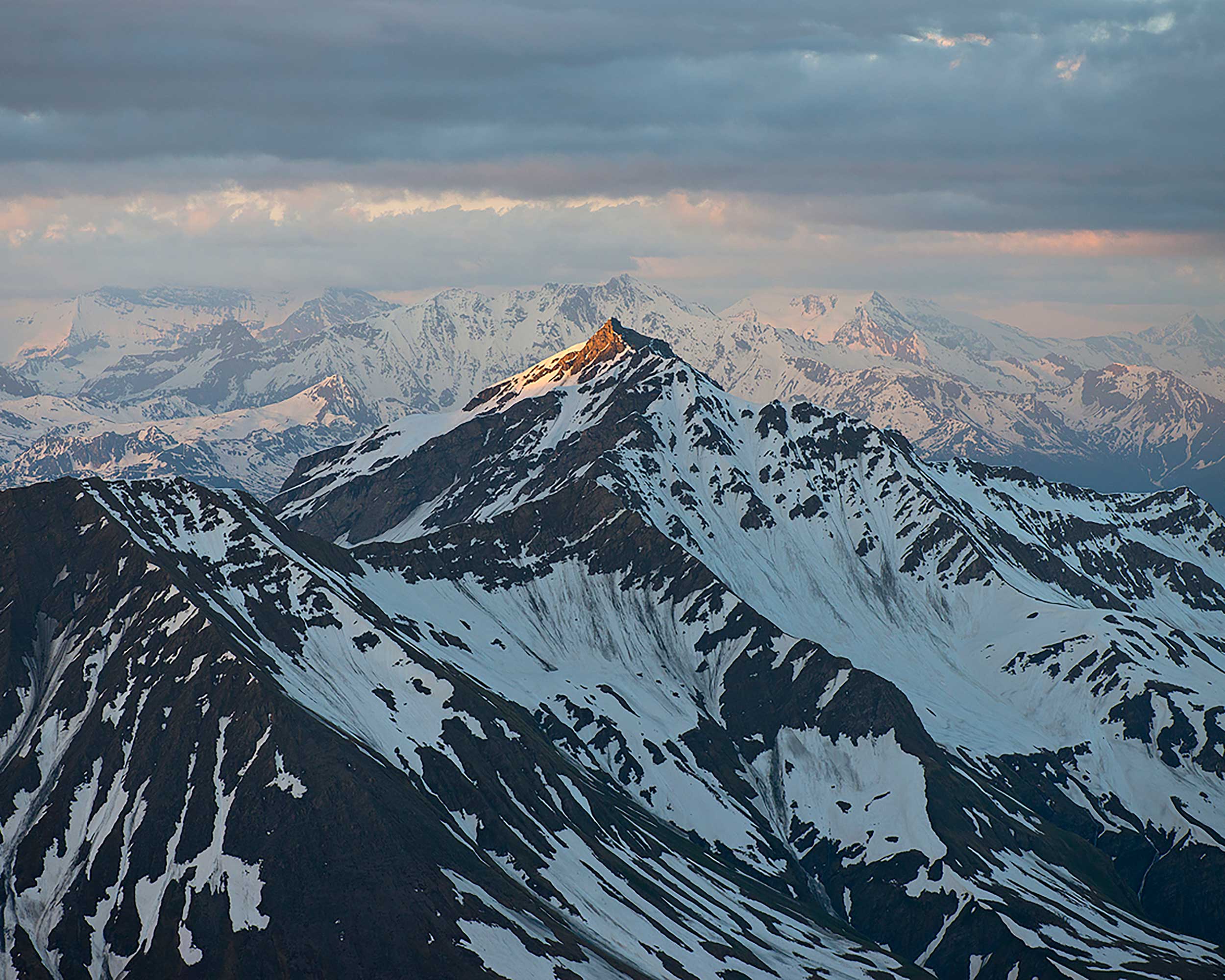
Tell us about a photo that you didn’t get to take.
There are many. Each one of the photographs you see in my work represents a tiny “photographic possibility.” What I mean is that when faced with a situation, person, or landscape that could have been captured a thousand different ways, I have only chosen one — the other possibilities are gone forever.
Sometimes I’ll even choose to not take any photos at all, to just be in the moment — because taking pictures, in a way, takes you out of the real. I remember moments on the tundra or in the mountains when I wanted to contemplate what lay before me, without recording any of it. I might feel bad about it later, but I never regret it. Life is more important than photography.
You’ve been making regular visits to the village of Máze, beyond the Arctic Circle, since 2005. What keeps you going back?
Just being able to go snowmobiling in the middle of a herd of reindeer is an incredibly exhilarating thing, but I also keep going back to Máze (in Norwegian Lapland) to visit friends.

When you immerse yourself in an isolated place for months, when you keep going back each year because you’ve developed a deep interest in the land and its inhabitants, it’s only natural that strong ties are created.

You’ve explored places that are difficult to access, practically cut off from the world, such as Kola. What was the first thing that struck you there?
The Kola Peninsula, or Russian Lapland, is quite different from Scandinavian Lapland, which I have explored for years. Scandinavian Lapland is relatively well-preserved, even if the Sámi have to constantly assert their rights as Indigenous people, in a context that is rarely favourable to them. But it’s even worse for them in Russia. Russian Lapland is a resolutely post-Soviet territory, inundated by Northern Fleet military activities (a large portion of the Russian nuclear submarines are based there) as well as highly polluting industrial activities (nickel deposits and processing, apatite, etc.). The Indigenous people tend to be mistreated and have no political institutions. In contrast, the Scandinavian Sámi have a parliament, for example, and universities where the language and culture are studied and protected. So I was struck by the disparities within the same region, which previously had no border, but which has now been partitioned into four sovereign nations: Norway, Sweden, Finland, and Russia.

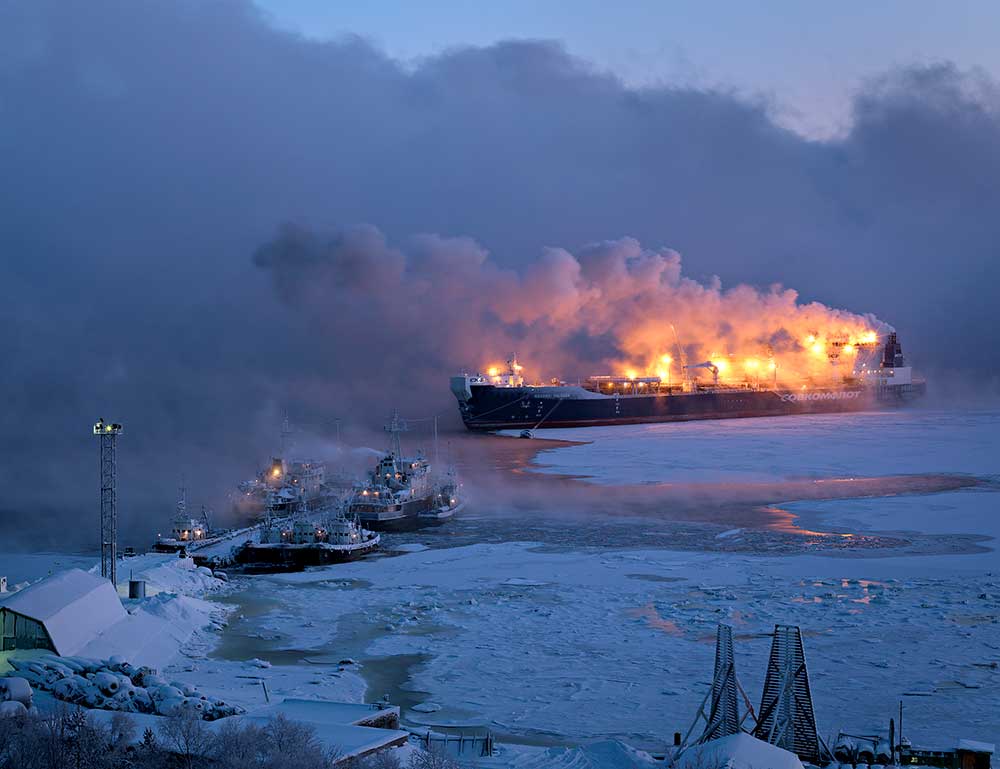
Is there a cause or organization that’s close to your heart that you’d like to tell us about?
French author Olivier Truc and I recently did a report on the Pasvik River, which is the border river between Russia, Finland, and Norway. It’s highly surveilled by the Federal Security Service of the Russian Federation, along with Finnish and Norwegian border guards.
Sometimes stray dogs (there are many on the Russian side) cross it and are shot. A woman who lives on this border, in Nikel, spends all of her money and energy trying to stop them from crossing and being killed. She has no financial aid from the city, the Russian state, or anyone. Her name is Larissa Vonogradova, and I was able to visit her heartwarming little kennel made of bric-a-brac.
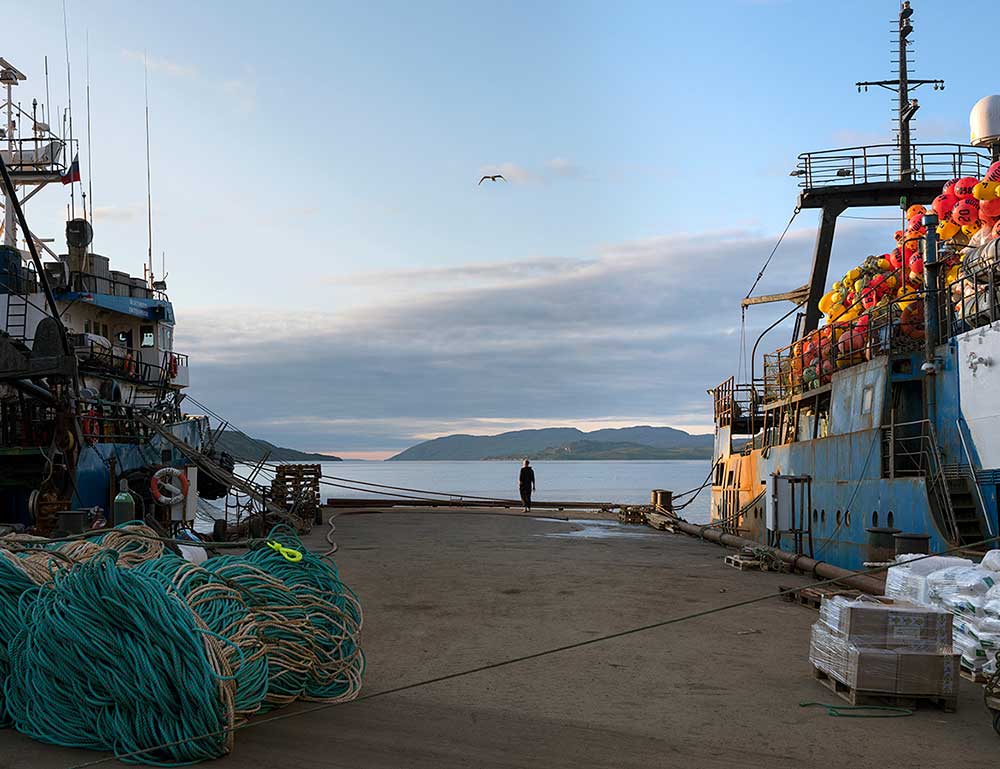
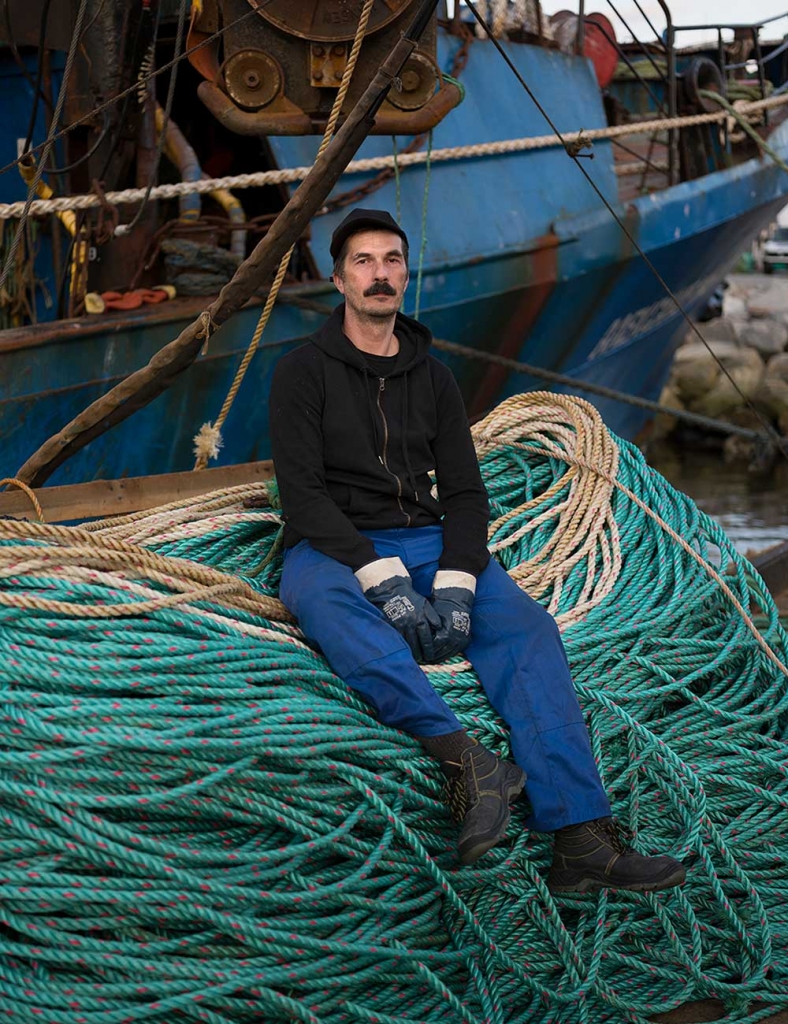
Name three Instagram accounts you find particularly inspiring.
@calvertjournal
A British reference journal for photography, focused mainly on Eastern Europe and Central Asia.
@maretannesara
Máret Ánne Sara is a talented Norwegian Sámi artist who is very active in the defence of Indigenous rights.
@tgrtpv
This account belongs to an anonymous Russian photographer who documents their life almost daily in what seems to be a small remote village. It’s raw, rude, and poetic.
Never Miss Another Issue
Two issues per year
25% OFF previous issues
Free Shipping in Canada


